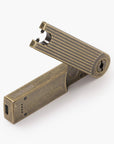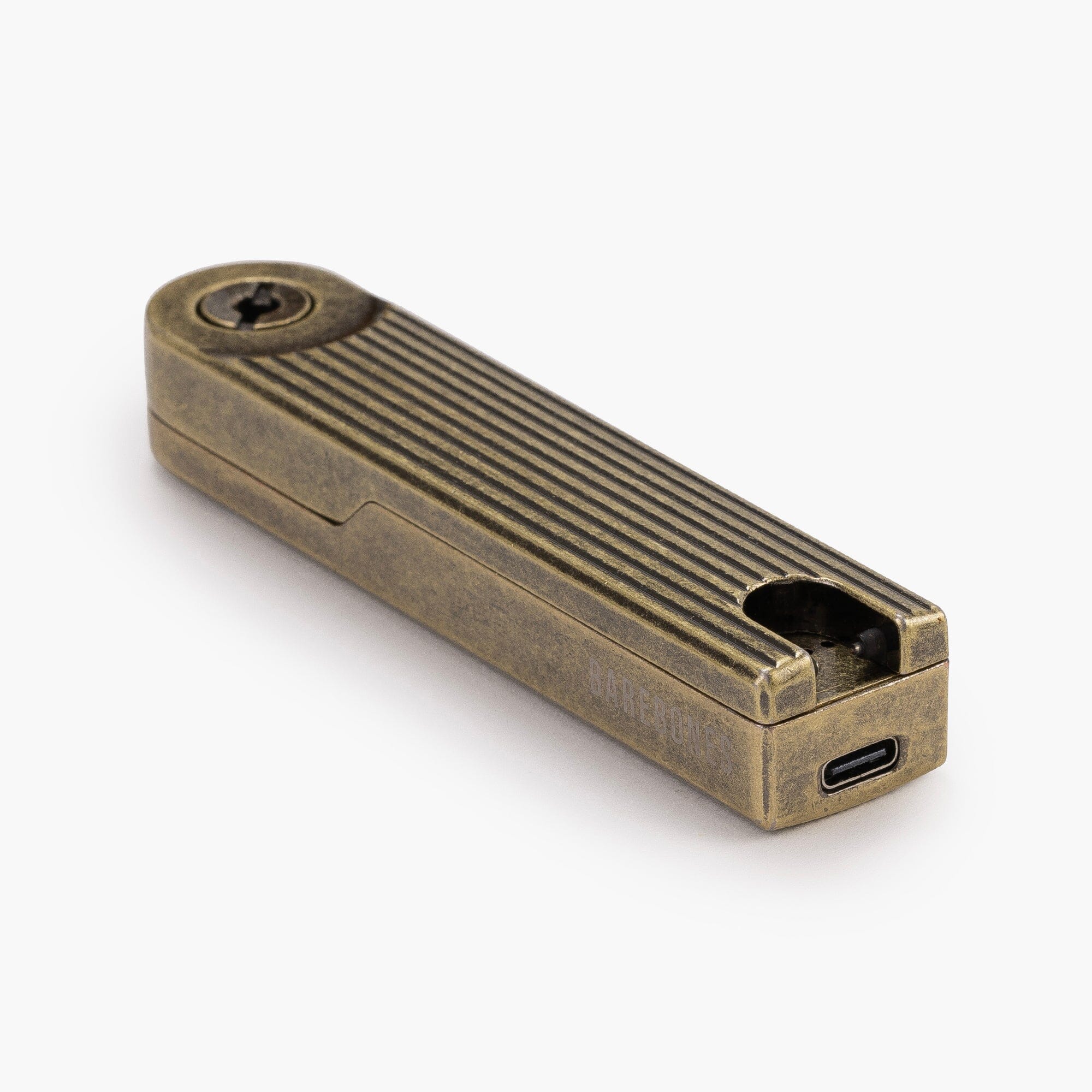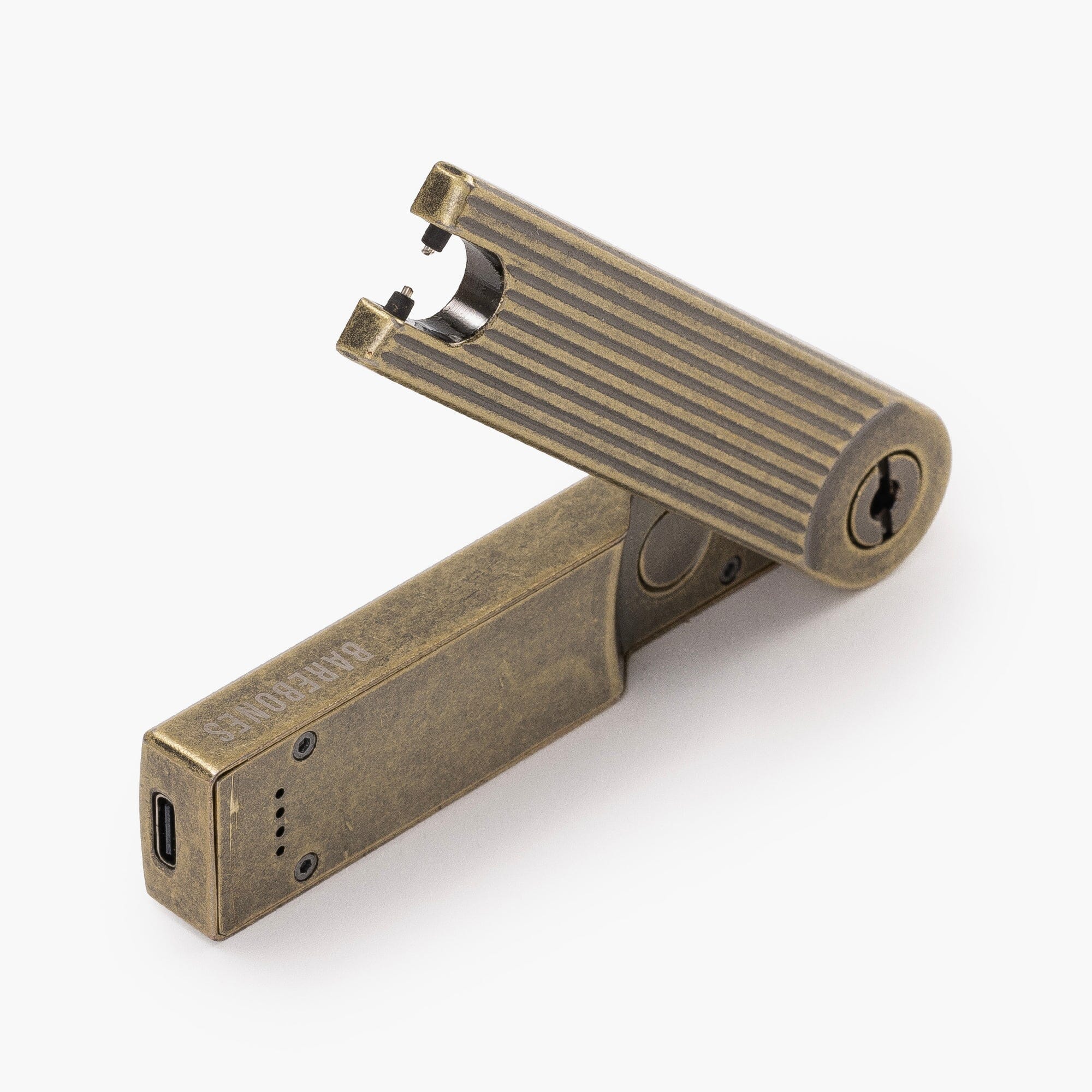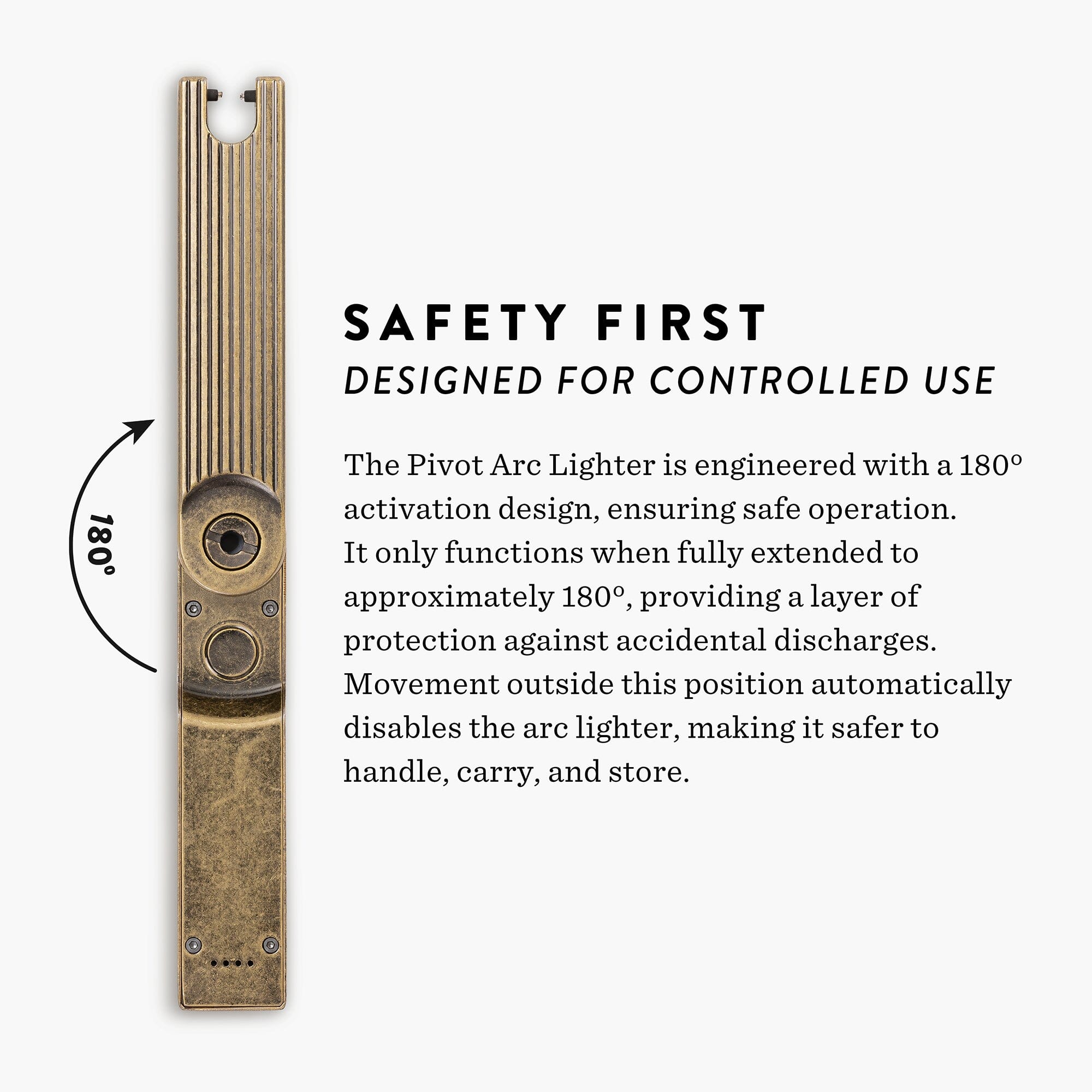Q: How does a rechargeable arc lighter work?
A: Rechargeable arc lighters work by creating a high-voltage electric arc between two electrodes. When you press a button, it generates the arc, which can be used to light candles, stovetops, grills, and more.
Q:Are rechargeable arc lighters safe?
A: Yes, rechargeable arc lighters are generally considered safe. They do not produce an open flame, reducing the risk of burns. The Pivot lighter also has a safety feature that requires the lighter to be opened to 180º from the closed position before ignition can be activated.
Q: How long does the battery last on a single charge?
A: The battery life can vary depending on usage, but on average, a fully charged Pivot Arc Lighter can last for around 40 ignitions @ 7 seconds per ignition. While storing, a fully charged lighter can sit for upwards of 6 months before needing recharging depending on storage conditions.
Q: Is it environmentally friendly?
A: Yes, rechargeable arc lighters are more environmentally friendly than disposable lighters. They eliminate the need for disposable plastic lighters, reducing plastic waste. They are also rechargeable, eliminating toxic fuels that can cause harm to you and the environment.
Q: Can I use it in windy conditions?
A: Rechargeable arc lighters are wind-resistant because they produce an electric arc. Wind typically does not affect their ability to light, making them ideal for outdoor use making them the ideal outdoor lighter.
Q: Is there a safety feature?
A: The Pivot Arc lighter can only ignite when opened to 180º from the closed position. This is an intentional safety feature to prevent accidental activation when inside your pocket, or while opening. Please be sure to hold the lighter correctly to prevent accidental ignition while opening.
Q: Can I take a rechargeable arc lighter on an airplane?
A: Most rechargeable arc lighters are considered safe for air travel when placed in carry-on. However, it's a good idea to check with the specific airline and to review current Transportation Security Administration (TSA) guidelines before packing one in your carry-on luggage.

















